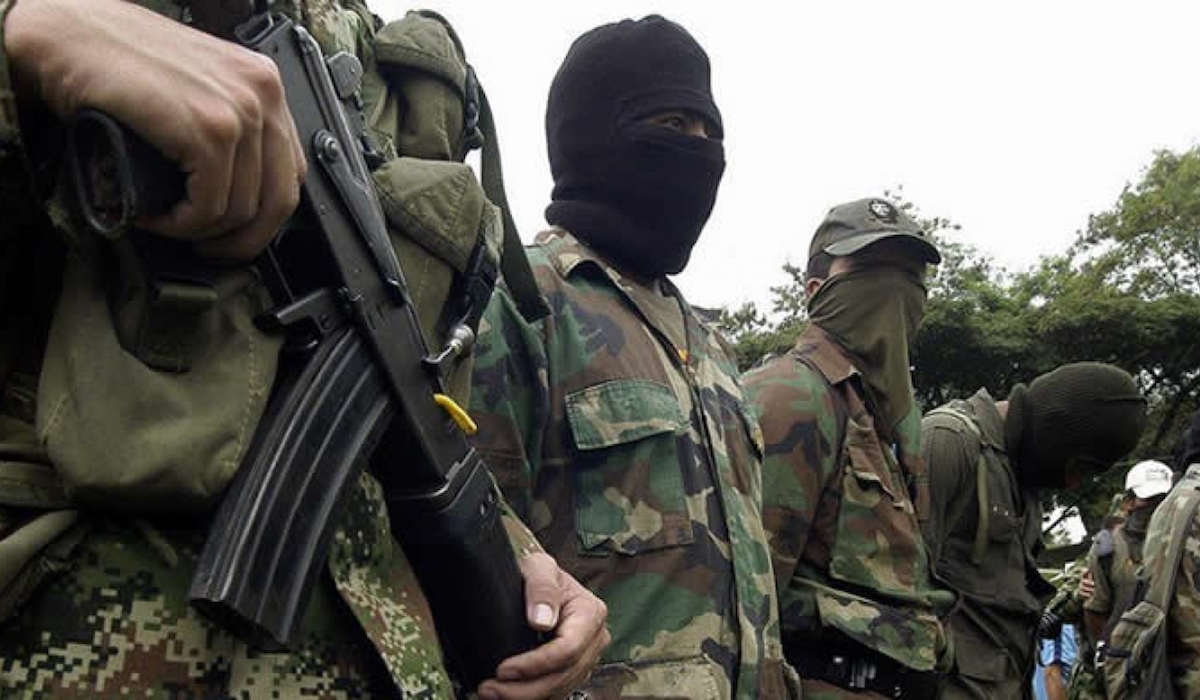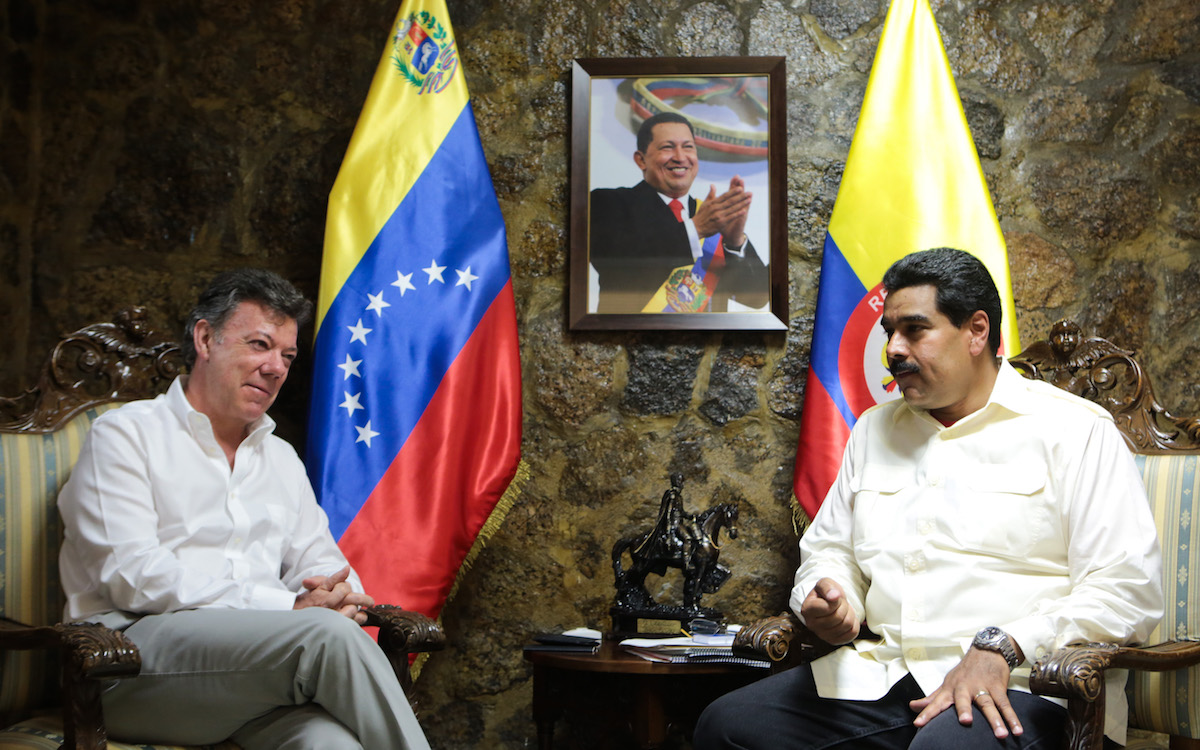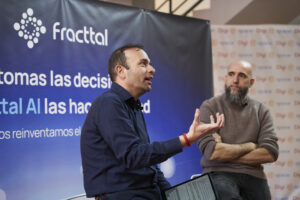With former FARC terrorists set to form a new political party on August 1st, the Agency of Reincorporation and Normalization (ARN) released a census detailing the group’s official numbers. According to the group, there were just over 10,000 guerrillas in the FARC organization, including just under 100 foreign fighters. The FARC members will now begin preparing for transition to a legal life, including their participation in politics.
The study performed by the ARN was conducted in all the conflict zones, as well as in 38 jails and 9 shelter houses. The numbers do not count FARC dissidents, which are thought to number more than 1,000 in various fronts throughout the country. The data will be used in negotiations with the Colombian government to integrate former FARC terrorists into Colombian society.
Felix Antonio Muñoz, aka ‘Pastor Álape’, is one of FARC’s commanders. He commented that this census was successful and that the terrorist organization was satisfied with the results. Moreover, Ignacio Mantilla, UN representative who has joined the process, agreed and indicated that the United Nations is willing to contributed further, as needed.
The study also found that 55% of the members were guerrillas, 29% were part of the milita, and the remaining 16% were currently imprisoned. In addition, 90% of the members are literate, a number that surprised some analysts given the group’s lack of formal education. Sorted by maximum education level, 57% have a primary education, 21% have a secondary education, 8% a technical education, and 3%, a university education.
Among the 10,000 were an astonishing 2,267 counted pregnant women, 77% who receive prenatal care where they are located. Nearly all the pregnant women were between 23 to 27 years old.
In terms of demographics, 66% of the studied members come from rural areas, 19% from urban areas, and 15% from a mixture of rural and urban areas. Similarly, 77% are either rent or live off the land, 12% have a house in a rural area, 7% have a home in a municipal capital, and the remaining 4% have homes in urban areas outside the country’s larger cities.
One of the challenges facing Colombian officials will be reintegration of these guerrillas into the Colombian economy. Many have only known a life of war and survival and lack the skills needed to hold a regular job. The census indicated that 60% of members are interested in working in agricultural and livestock, while 39% in construction and home improvement programs.
Finally, the most common nationality among the foreigners was, not surprisingly, Venezuelan with 54 members. Other foreigners included 16 Ecuadorians, 8 Brazilians, and a handful of Chileans, Argentinians, Dutch, Dominicans, Panamanians, and French.







